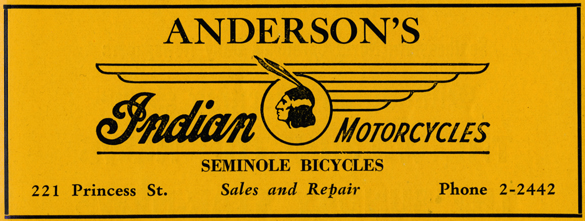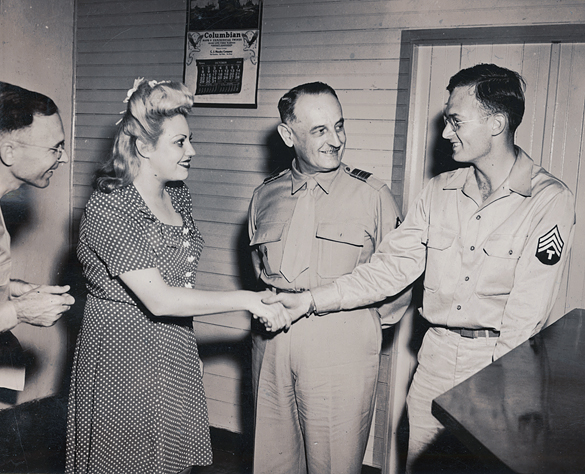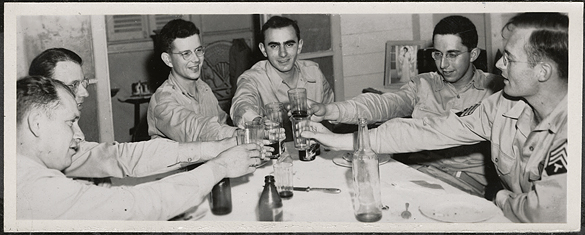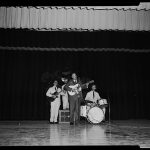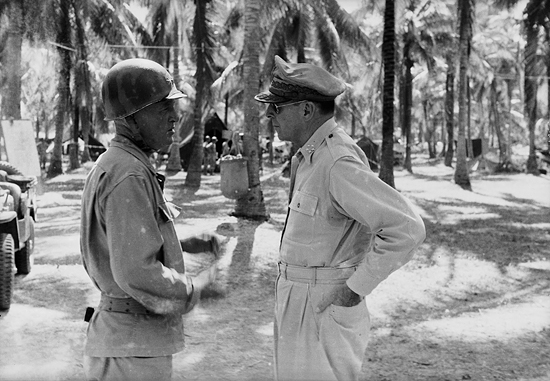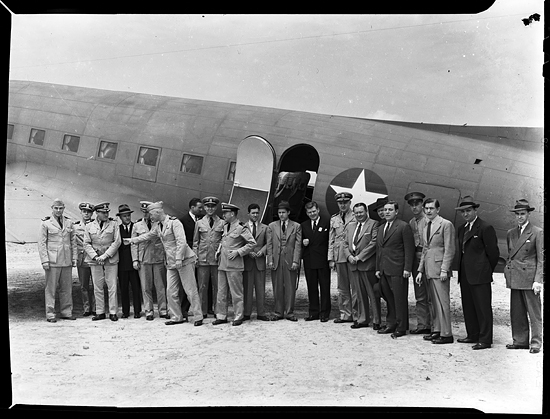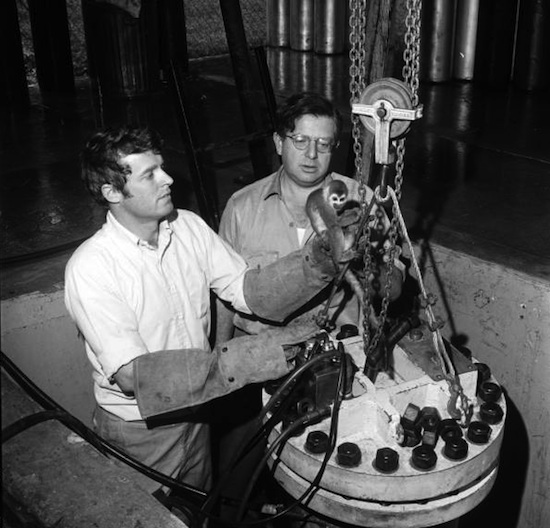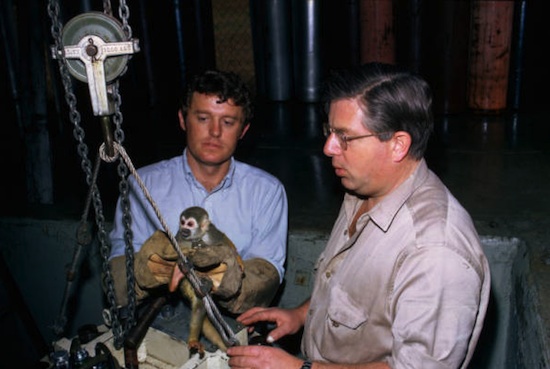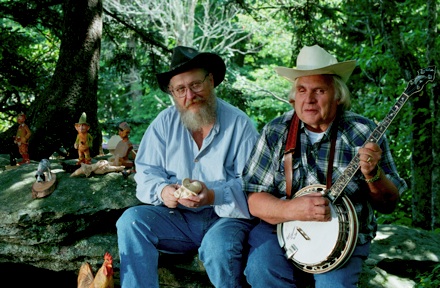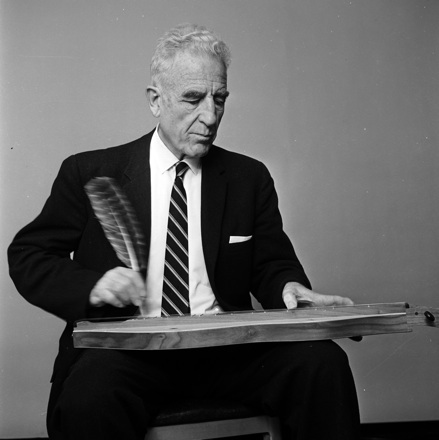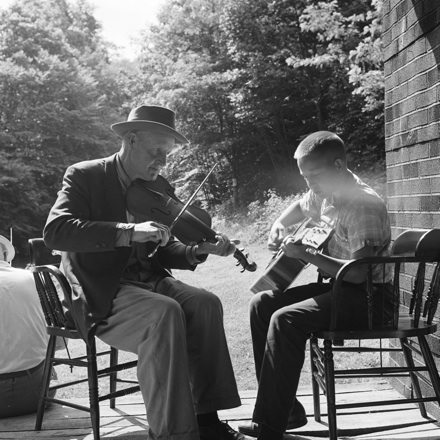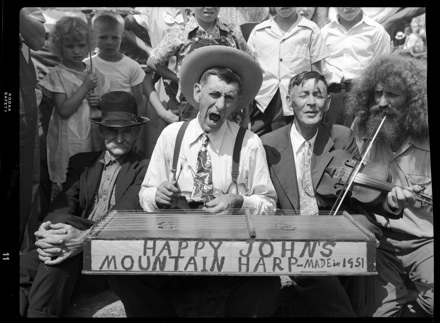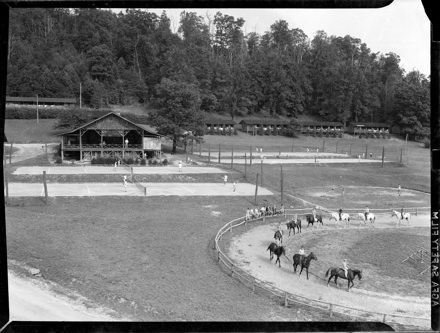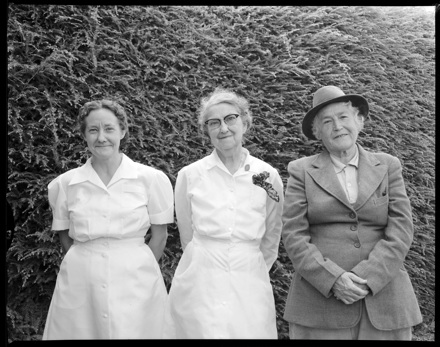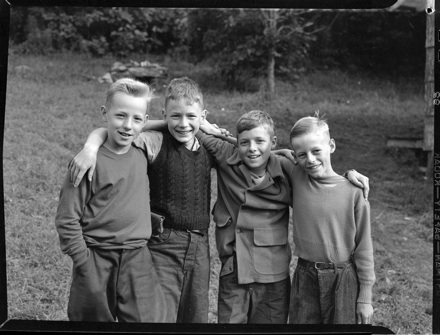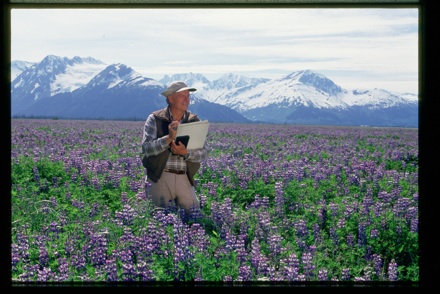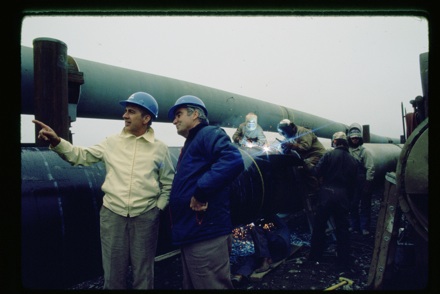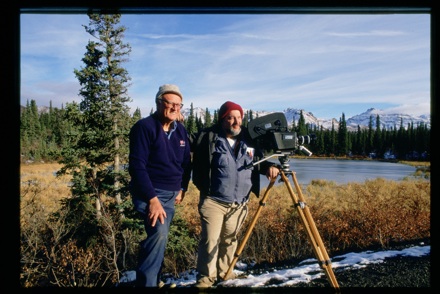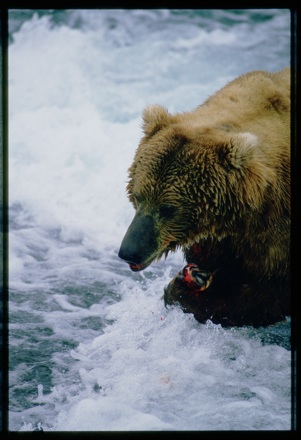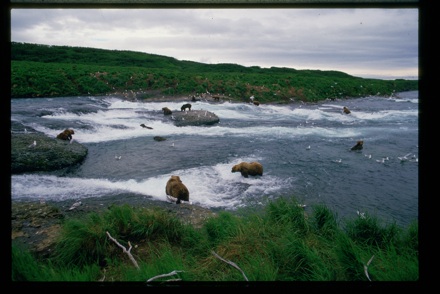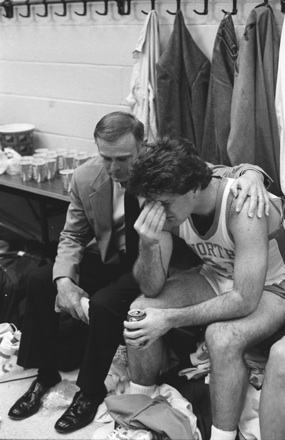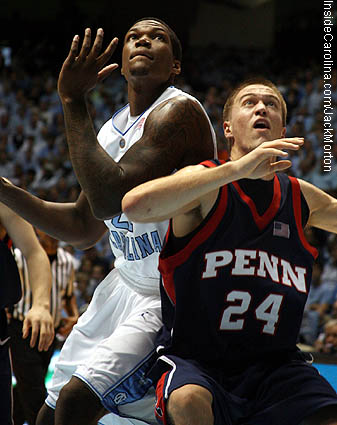Serendipity strikes again! While going through negatives of UNC students from the 1940s, I saw an image of a woman sitting on an Indian motorcycle that hadn’t been digitized and just cried out, “Scan me!” It’s today’s featured photograph from the Hugh Morton collection.
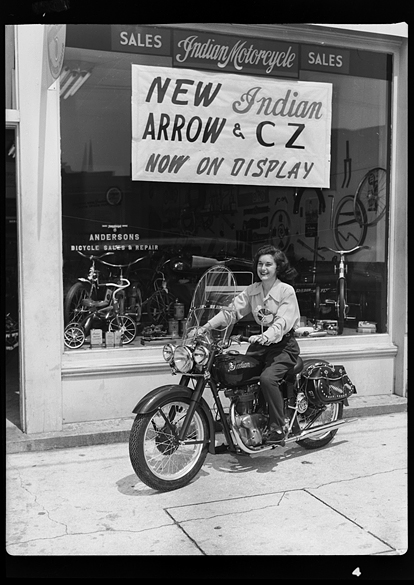 The rider in this portrait (or advertisement?) is probably not a UNC student because I tracked downed Anderson’s bicycle shop in Wilmington city directories. Would anyone like to try and identify the model and year of the motorcycle? Bonus points for the rider, although I suspect she may be a model rather that the owner, but you never know. Here are some clues to sleuth:
The rider in this portrait (or advertisement?) is probably not a UNC student because I tracked downed Anderson’s bicycle shop in Wilmington city directories. Would anyone like to try and identify the model and year of the motorcycle? Bonus points for the rider, although I suspect she may be a model rather that the owner, but you never know. Here are some clues to sleuth:
- According to Wikipedia, production of traditional Indians was extremely limited in 1949, and no 1949 Chiefs are known to exist. Indian halted the manufacture of all products in 1953.
- In Hill’s Wilmington city directory for 1948-49, Anderson’s advertisement in the “Classified Buyer’s Guide” featured the Indian Motorcycles brand, which was not mentioned in the store’s ad in the previous directory for 1947.
- Anderson’s address in the 1948-1949 directory was 221 Princess Street, which was just down and across the street from the offices of Hugh MacRae & Company and The Linville Company at 214 Princess Street. In the next city directory available to me, 1952, there is no Anderson Bike Shop listed, and 221 Princess is occupied by the offices of The Linville Company, and Hugh MacRae and Company. In the 1947 directory, neither the Anderson Bike shop advertisement nor its alphabetical listing mention Indian motorcycles.
